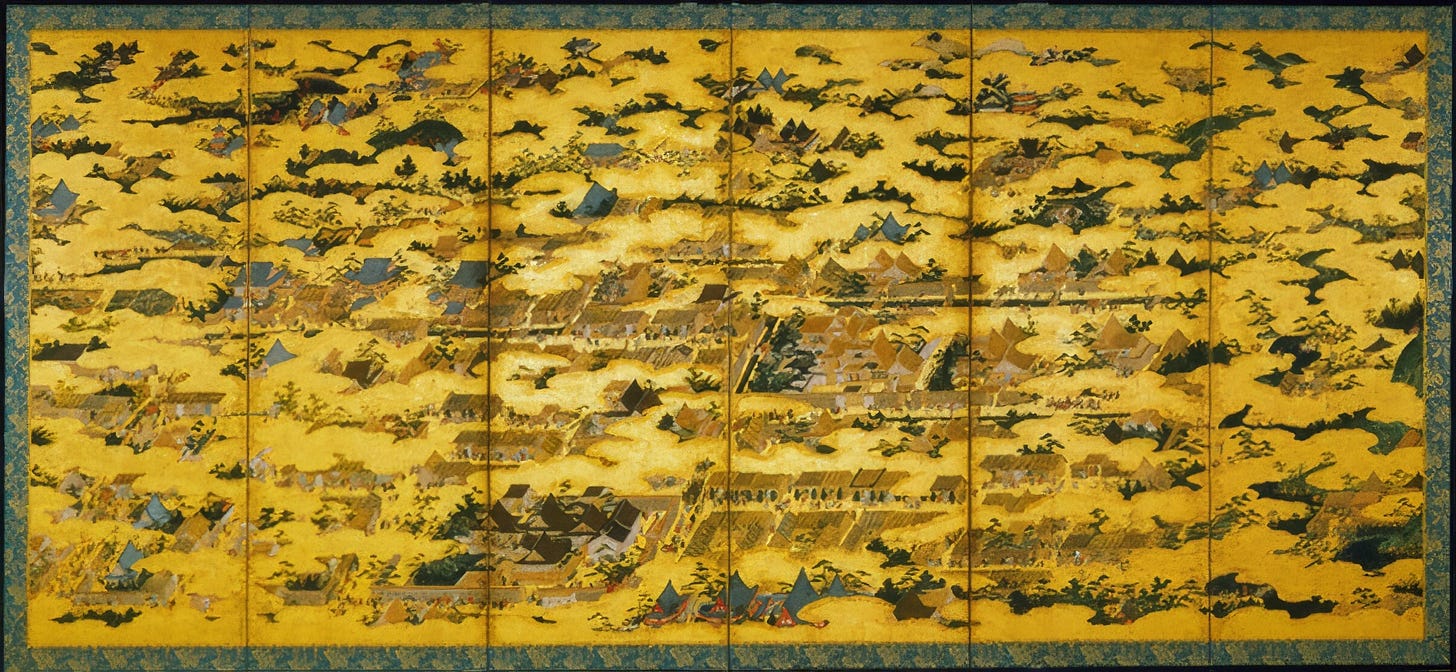Kyoto Before Heian-kyo How the Imperial Court Viewed Yamashiro
Untold History of Kyoto’s Transformation from Remote Land to Cultural Capital
In this article, we’ll explore how Kyoto—often considered the cradle of Japanese culture—was perceived by emperors and nobles before the establishment of Heian-kyo.
Today, Kyoto is regarded as one of the world’s foremost tourist destinations and is widely seen as the source and symbol of Japanese culture. The key event that shaped the image of “Kyoto” as most people know it was the decision in 794 to relocate the capital from Nara (where it had long been) to Kyoto. This act of moving the emperor’s residence and the political center of the country—what we call the “miyako (都)” or capital—is known in Japanese as a “遷都 (sen-to)”.
Many assume that Tokyo is Japan’s capital. Yet, it has never been officially designated as such in any legal sense—an astonishing fact that even most Japanese do not know. In that respect, Kyoto could still be considered the de facto capital.
From 794 onward, after Kyoto became the capital, the Imperial Palace was historically located there. However, about a thousand years later—on September 3, 1868, during the Meiji Restoration—the capital was moved from Kyoto to Edo by recommendation of two officials in the newly formed government, Oki Takato (1832-1899) and Eto Shinpei (1834-1874), rather than by the emperor himself.
Under the pressure of the new regime, the emperor was compelled to leave Kyoto for Edo. At this time, Edo was renamed Tokyo, and the essential functions of the capital were effectively transferred there.
Further, Edo Castle—once owned by the Tokugawa clan—was renamed Tokyo Castle. When the emperor moved in, it became what is known today as the Imperial Palace.
With this historical background, many people in Kyoto take great pride in being the stewards of Japan’s cultural heritage. However, it is seldom mentioned that, prior to the founding of Heian-kyo, the area of present-day Kyoto was considered a barren land, looked down upon by the emperor and nobility of the time.
Looking back at history before Heian-kyo, the capital was located in Nara from the reign of Emperor Jinmu, the legendary first emperor. There were brief exceptions where the capital moved to places like Naniwa-no-miya in Osaka, Omi Otsu-no-miya in Shiga, Shigaraki-no-miya, and Nagaoka-kyo in the southern part of Kyoto Prefecture. But there was never a capital in what is now downtown Kyoto.
During that era, Kyoto sat in a region known as “Yamashiro (山背).” Back then, much of this region was considered remote. The name “Yamashiro (山背)” originally meant “the far side of the mountain” (i.e., the “back of the mountain” from Nara’s perspective), referencing the range that separates Nara and Kyoto. It carried a derogatory nuance, suggesting the land was not beneficial to the emperor and aristocrats in Nara—and perhaps even dangerous, inhabited by strange people.
Yet Emperor Kanmu (737-806), finding himself backed into a corner by power struggles at court, was forced to choose a new location for the capital. He had little choice but to move it to Kyoto. However, he felt that “Yamashiro (山背),” with the characters meaning “山背,” was unsuitable for the new imperial seat. He thus changed the characters—while keeping the same pronunciation—to mean “mountain fortress (山城),” attempting to lend more legitimacy to the name.
In 794, Heian-kyo was formally established on the site of today’s Kyoto, and for the first time, the area drew serious attention. Yet, it is said that the early days of Heian-kyo quickly fell into disrepair. In future articles, I’ll explore more of the complex historical background surrounding this fascinating period.



